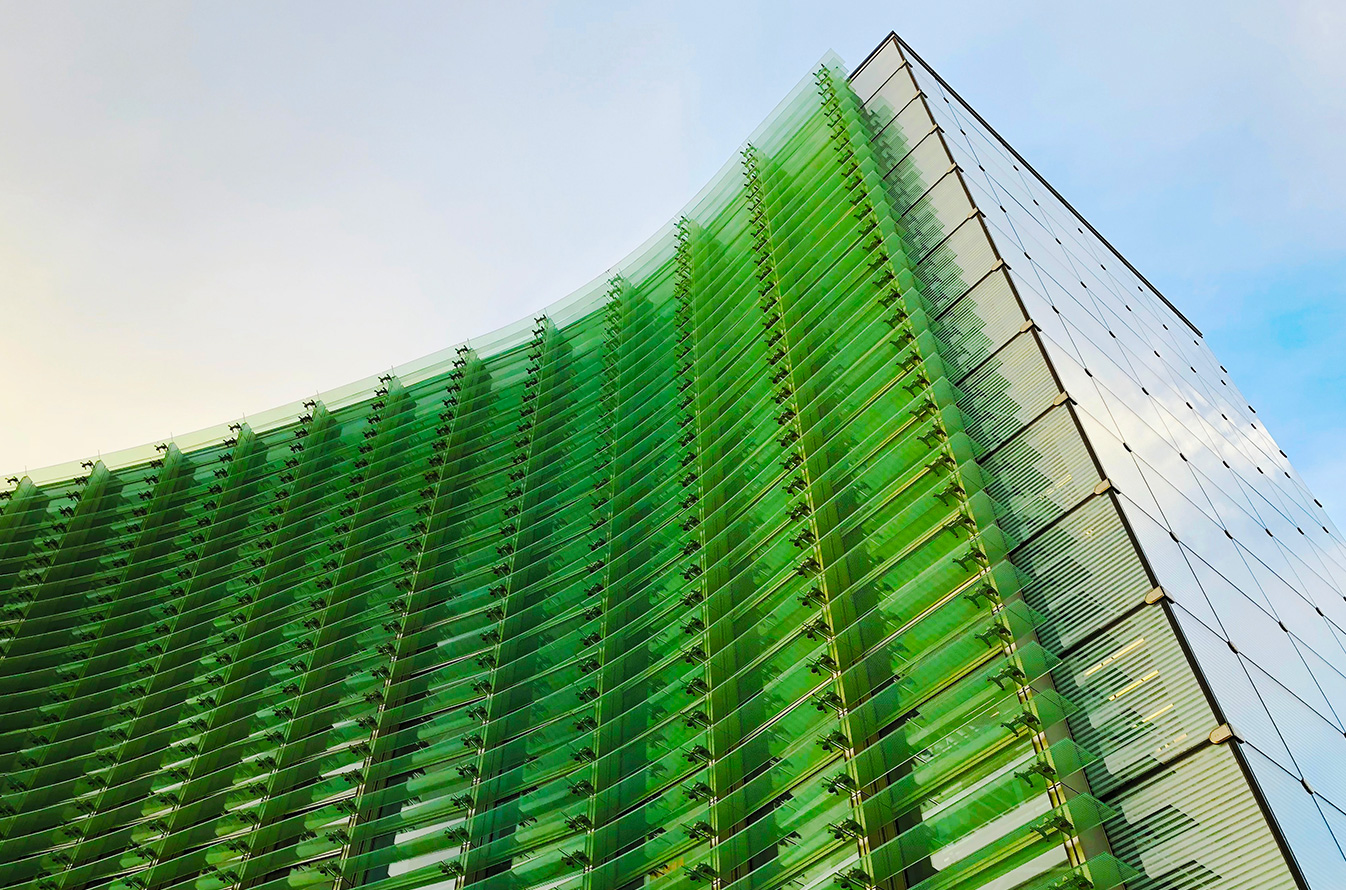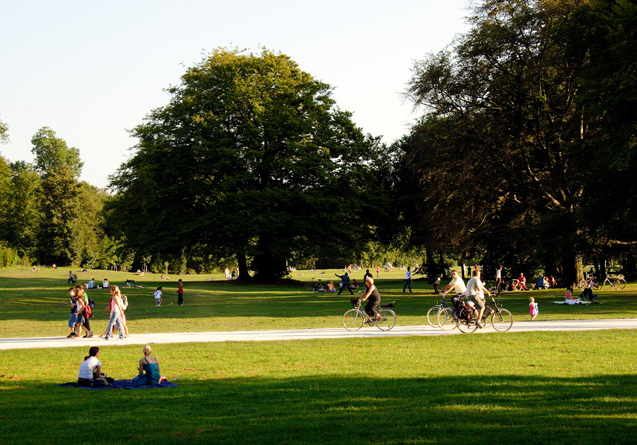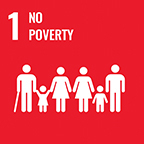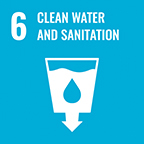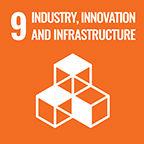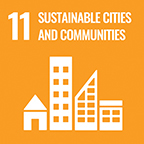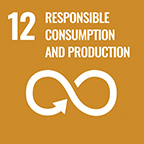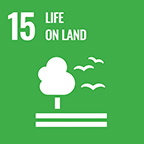BUILDING AND INFRASTRUCTURE DESIGN SHIFTS TO FOCUS ON USERS’ HEALTH
- Occupants’ health and wellbeing play an increasingly central role in building design and construction. Buildings are designed to be comfortable, safe and secure spaces that foster positive social interaction, healthy and active lifestyles, focused work, creative expression, relaxation, and rest.
- Strict regulations reduce the use of hazardous materials in the built environment.
- Exposure to ambient and household air pollution declines as policies and investments support clean transport, clean household energy, and other innovations.
- Enhanced waste management, noise management, optimal temperature management, and access to daylight all help people live and work free of risks to their health.




